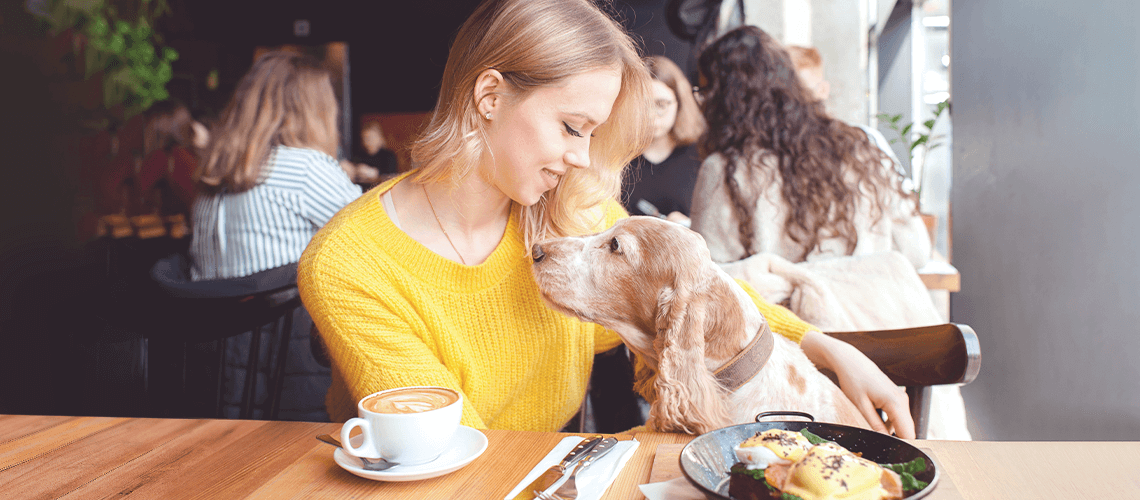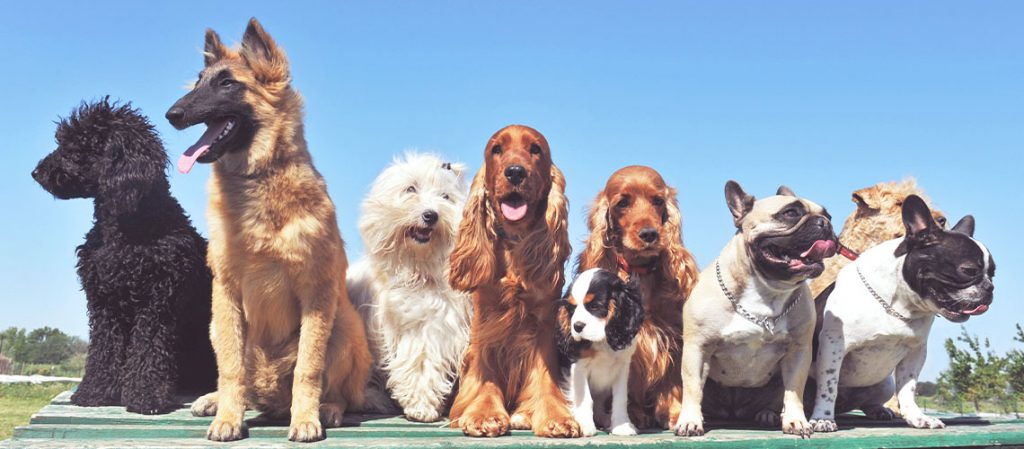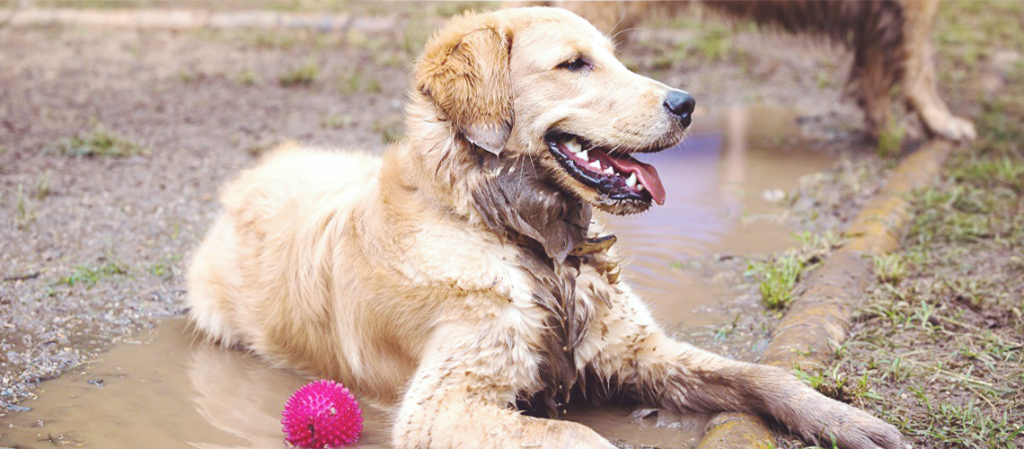If your pup or kitty has become an integral part of the family, you know it’s not always easy finding pet-friendly places to take them. Thankfully there is […]
Tips and Tricks for Taking your ESA to a Restaurant
Looking for a furry sidekick to join you the next time you go out for dinner? Consider bringing your emotional support animal! Your ESA can be an extra […]
Does Your Dog See Ghosts?
There’s no question that dogs are some of the most beloved animals on the planet. They’re loyal, friendly, and always happy to see us. But do we […]
How to Find the Right Dog Breed for You
Do you want a dog but don’t know where to start? It can be tough to find the right breed of dog for your lifestyle. There are so […]
Keep Your Indoor Cat Entertained (When You’re Busy)
We love having quality time with our furry felines, but sometimes they demand our attention at times when we need to focus on other things. To help maintain […]
9 Memes ESA Owners Can Relate To
Or as we are calling it: dog memes for the rest of us. There is no shortage of animal memes all over the internet. But what about those […]
5 Ways to Keep Your Energetic Dog Entertained When You Can’t Go Out In The Rain
The weather outside is frightful! Throughout the late spring and summer, many parts of the United States see regular rain and heavy thunderstorms. That can make it hard […]
7 Ways to Relax with Your Pet
Pets are so good for us! Just having a pet in your home can make you less stressed and bring both joy and unconditional love to your household. […]
Emotional Support Animals versus Psychiatric Service Dogs: What You Need to Know
We all know what pets are. They’re part of the family and bring us unconditional love and joy every day! Technically, pets are “animals that are kept for […]
Bring on the Green: Houseplants That Are Safe for Pets
Houseplants are good for us! They help keep our indoor air clean and bringing nature inside can change the entire dynamic and feel of a home. Many people […]











